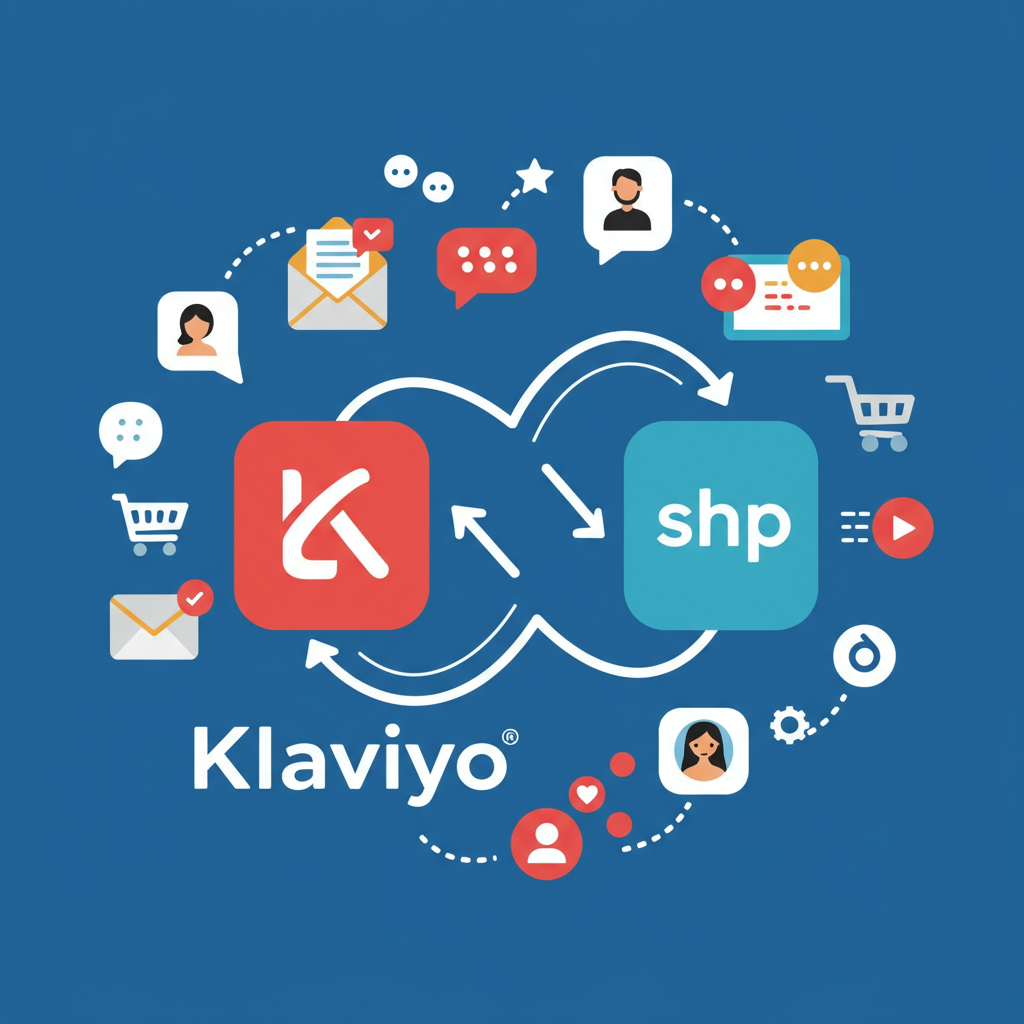Unlock the full potential of your online store by integrating Klaviyo for powerful, personalized marketing automation.
Hey there, fellow Shopify merchants! I’m excited to share some insights today that I believe can truly transform your e-commerce business.
We’re diving deep into Klaviyo, a powerful email and SMS marketing platform, and how seamlessly it integrates with your Shopify store.
If you’re looking to boost customer engagement, increase conversions, and build lasting relationships, then you’re definitely in the right place.
I’ve personally seen the incredible impact Klaviyo can have, turning one-time buyers into loyal advocates. It’s more than just email; it’s about understanding your customers on a profound level.
So, why Klaviyo specifically for Shopify? Well, it’s built from the ground up for e-commerce. Unlike generic email platforms, Klaviyo speaks the language of online stores fluently.
It pulls in all your crucial Shopify data – purchases, browsing behavior, abandoned carts, customer lifetime value – and makes it incredibly actionable.
This deep integration allows for hyper-personalization, which, in my experience, is the secret sauce to effective marketing in today’s competitive landscape.
The first step to getting started is incredibly straightforward. You’ll connect your Shopify store to Klaviyo, and I promise, it’s a breeze.
From your Klaviyo dashboard, simply navigate to ‘Integrations’ and select ‘Shopify’. You’ll be prompted to enter your Shopify store URL and authorize the connection.
Once connected, Klaviyo immediately starts syncing historical data, giving you a rich foundation of customer information to work with right away.
I always recommend double-checking that the sync is active and that recent orders are appearing correctly in your Klaviyo customer profiles.
Now, let’s talk about segmentation, one of Klaviyo’s absolute superpowers. This is where you define specific groups of customers based on their behavior and attributes.
I use segments constantly. Think about customers who’ve purchased a specific product, those who haven’t bought in 90 days, or even VIPs who’ve spent over a certain amount.
This allows you to send highly relevant messages, rather than generic blasts. My open rates and click-through rates soared once I started segmenting properly.
Next up are Flows, or automated sequences. These are the true workhorses of your email marketing strategy, running in the background 24/7.
The classic abandoned cart flow is an absolute must-have. I’ve recovered countless sales by gently reminding customers about items they left behind.
A welcome series for new subscribers is another essential. This is your chance to introduce your brand, share your story, and offer a first-purchase incentive.
Don’t forget post-purchase flows! I set these up to thank customers, provide tracking info, recommend complementary products, and ask for valuable reviews.
Other powerful flows include browse abandonment, win-back campaigns for lapsed customers, and birthday flows. Each one builds a stronger, more personal relationship.
While flows are automated, campaigns are your one-off sends for promotions, new product launches, or seasonal sales events.
I always leverage my segments here. Instead of emailing everyone about a new men’s product, I’ll target only my male customers or those who’ve previously purchased men’s items.
A/B testing your subject lines and content within campaigns is something I highly recommend to continually optimize your results and learn what resonates.
Capturing new leads is crucial for growth, and Klaviyo’s sign-up forms and pop-ups are incredibly effective tools for this.
I’ve experimented with different types – exit-intent pop-ups, embedded forms, and fly-outs – to find what resonates best with my audience and maximizes sign-ups.
Offering an incentive, like a discount code for signing up, significantly boosts conversion rates on these forms, turning visitors into potential customers.
Klaviyo provides robust analytics, and I spend a good amount of time in the dashboards, looking at flow performance, campaign results, and overall account metrics.
Pay close attention to open rates, click rates, conversion rates, and revenue attributed to Klaviyo. This data tells you what’s working and what needs tweaking.
I also dive into individual customer profiles to understand their journey and identify patterns that can inform future marketing efforts.
Always maintain a clean list. I regularly suppress unengaged subscribers to improve deliverability and ensure my messages reach active customers.
Personalization goes beyond just using a first name. Use dynamic content based on past purchases or browsing history for truly relevant messages.
Don’t be afraid to test! Test different subject lines, call-to-actions, and even send times to continually refine your strategy.
Consider adding SMS to your strategy. I’ve found it incredibly effective for urgent messages or flash sales, especially for abandoned carts.
Finally, remember that building a strong customer relationship is a marathon, not a sprint. Be consistent, provide value, and listen to your customers.
Integrating Klaviyo with Shopify has been one of the most impactful decisions I’ve made for my e-commerce business. It empowers you to truly understand and connect with your customers on a deeper level.
I hope this detailed guide helps you unlock the full potential of this powerful duo and drives significant growth for your store.
What are your thoughts on using Klaviyo with Shopify? I’d love to hear your experiences or any questions you might have!






